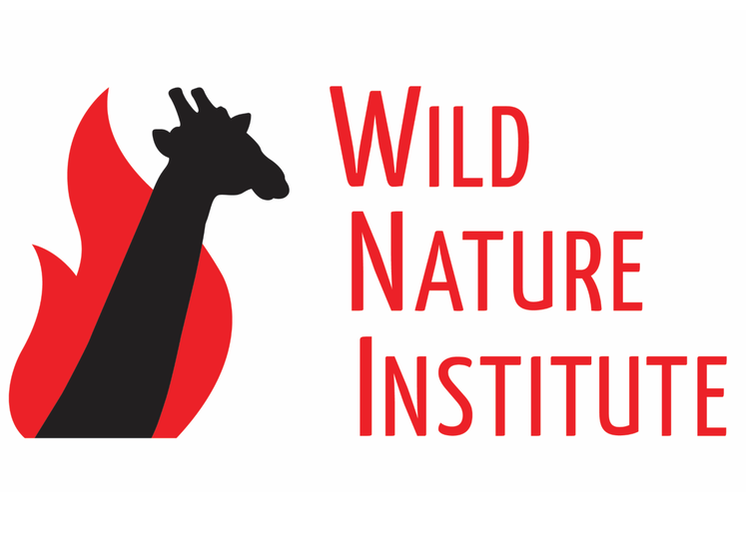|
This week, Dr. Derek Lee and Monica Bond of the Wild Nature Institute attended the ZACC: Zoos and Aquariums Committing to Conservation conference in Denver, Colorado. ZACC is a biennial conference that brings together zoo personnel and field researchers to increase the role of zoos in supporting conservation efforts throughout the globe. The conference was amazing, with passionate and dedicated people from around the world highlighting their projects to save species and habitats from Borneo to Mongolia to Guatemala. We made many connections and have some new and exciting ideas for our projects in Tanzania. We shared our research, education, and advocacy work to protect Masai giraffe and conserve a critically threatened wildebeest migration route. We are immensely grateful to our zoo supporters, including the Sacramento Zoo, Columbus Zoo, Cincinnati Zoo, and Cleveland MetroParks Zoo: our conservation work would not be possible without them. We were thrilled and honored to be awarded a ZACC Conservation Grant at the conference! We will put the grant to good use studying and protecting hoofed mammals to preserve the ecology, economy, and culture of the Tarangire Ecosystem of Tanzania. Thank you so much to the ZACC steering committee!
0 Comments
Enjoy these photos from Tarangire and Lake Manyara national parks, showcasing the elegance, grace, and beauty of this exquisite animal.
We recently happened upon this family of bush hyraxes living in a massive fig tree in Tarangire. Hyraxes are distantly related to elephants, and have been described by Richard Estes as "the smallest ungulate-type mammals." Yet they have no hooves: their feet are rubbery soles kept moist by sweat glands, making them agile climbers in steep terrain. They are poor thermoregulators, so they sunbathe to warm up in the morning, escape midday heat in the shade, and find shelter from cold at night in holes, cracks, and crannies.
Water is essential for life, and this is abundantly clear during the dry season in the African savanna. We recently completed another round of dry-season surveys for giraffe and other ungulates in the Tarangire-Manyara ecosystem of Tanzania. The rains will be coming soon, but for now the huge herds of migratory wildebeests, zebras, and elands - as well as resident animals like giraffes and waterbucks - quench their thirst in the Tarangire River and nearby waterholes. These are the good times for predators like lions, who hunt larger-sized ungulates on their daily commute to the water. We usually see lions nearly every day during this season in Tarangire National Park. With our Masai Giraffe Conservation Demography and TUNGO projects, as well as our Northern Plains Campaign, the Wild Nature Institute is working to conserve ungulate populations and ensure the future these magnificent animals and the lions, leopards, hyenas, cheetahs, and other predators that depend upon them.
By MONICA BOND Special to the Sacramento Bee September 26, 2015 End destructive practice of logging forests after wildfires
When it comes to wildfire, the U.S. Forest Service has it all wrong. In its just-released plan to chop down trees in nearly 17,000 acres hit by last year’s King fire in the Eldorado National Forest – including logging in 28 occupied spotted owl territories – the agency trots out the same tired falsehoods. First, the Forest Service claims burned areas must be logged and replanted to “restore” the forest. In truth, wildfire is natural and necessary in the Sierra Nevada, even fires that burn very hot over huge areas, and human interference after fires is harmful rather than helpful. For thousands of years, big fires have burned in the Sierra Nevada and are as ecologically critical for native plants and animals as rain and snow. And the trees have always grown back on their own. But before the trees grow back, the burned forests erupt with life. Black-backed woodpeckers thrive in the most charred forests, feasting on the superabundance of insects and creating nesting holes in the freshly dead trees. After the woodpeckers, mountain bluebirds and house wrens use the abandoned cavities to raise their own chicks. Deer mice and gophers eat fire-exposed seeds and newly sprouting vegetation. These rodents are food for imperiled California spotted owls, who have been documented hunting in charcoal forests, using dead trees to perch upon and listen for their prey rustling below. Which brings us to falsehood No. 2: that logging will help, not harm, the spotted owl. This has never been true. Heavily burned forests are great hunting grounds for the owl, but studies have proven that post-fire logging causes owls to abandon their territories. This comes as no surprise, since wildfire is natural but people chopping down trees is not. Logging is the real threat to owls. The U.S. Fish and Wildlife Service agrees – recently the agency decided to consider listing the California spotted owl as endangered or threatened under the federal Endangered Species Act, citing thinning and post-fire logging as primary threats to declining populations. Falsehood No. 3: Current fires burn more acres than ever before, so fire suppression and logging after a fire are necessary. In fact, the number of acres burned by wildfires in recent years is not at all unprecedented in ancient or modern history. Studies of charcoal in sediments dating back 8,000 years show vast areas burned in hot fires during droughts, the same as today. According to the National Interagency Coordination Center, 8.2 million acres have burned in U.S. wildfires as of Sept. 1. Yet during the 10-year hot and dry period from the late 1920s to the late 1930s, an average of 30 million acres burned every year. Special interests do not want this information widely publicized. Under the George W. Bush administration, the Forest Service and federal government purged all wildfire-acre-burned statistics from before 1960. These charcoal forests are magical places, thriving with life. It is time to end the destructive practice of logging our precious forests after fire, and celebrate wildfire as natural and renewing. Monica Bond, a wildlife biologist with the Wildlife Nature Institute, is a nationally known scientific expert on spotted owls and fire ecology.
|
Science News and Updates From the Field from Wild Nature Institute.
All Photos on This Blog are Available as Frame-worthy Prints to Thank Our Generous Donors.
Email Us for Details of this Offer. Archives
July 2024
|
|
Mailing Address:
Wild Nature Institute PO Box 44 Weaverville, NC 28787 Phone: +1 415 763 0348 Email: [email protected] |
|

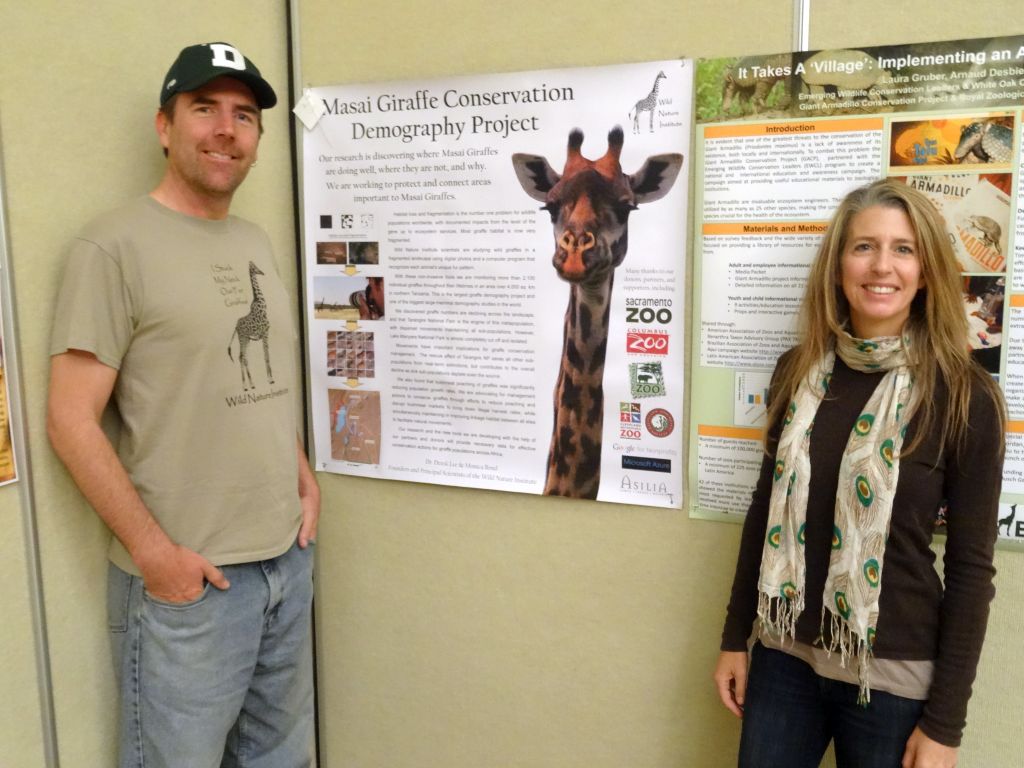
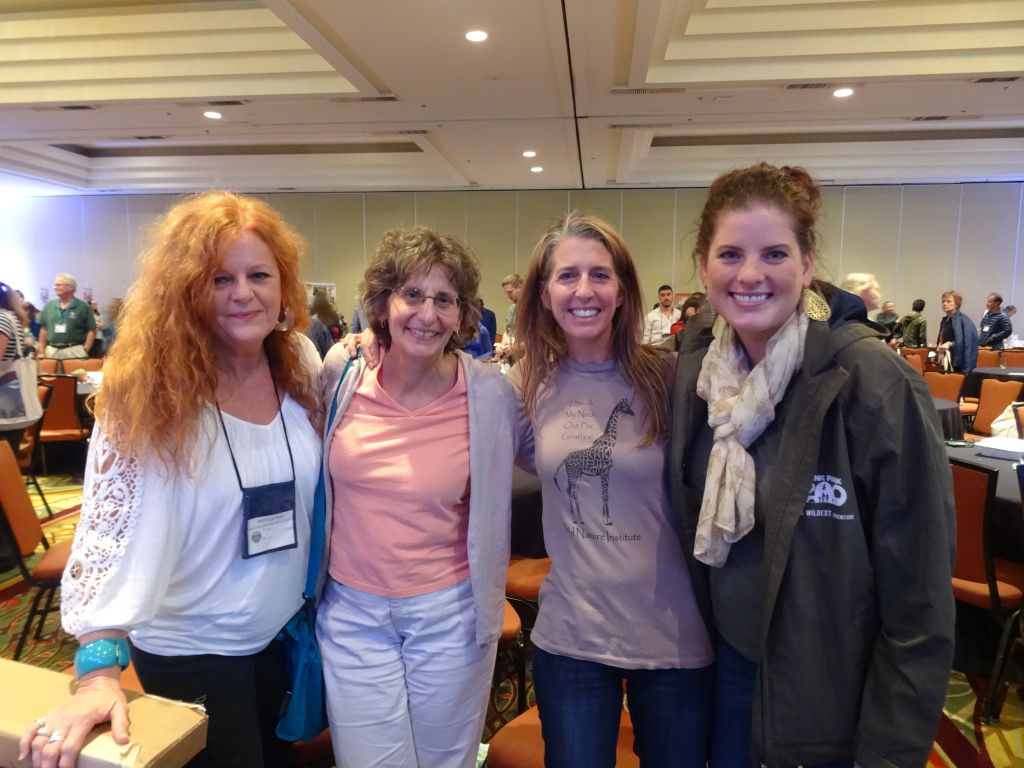
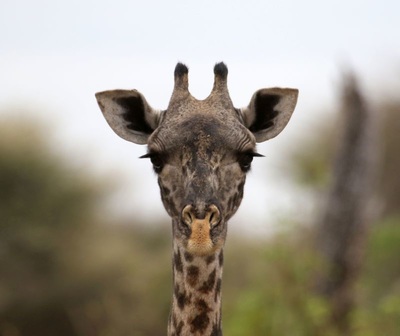
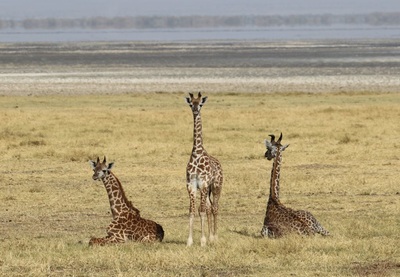
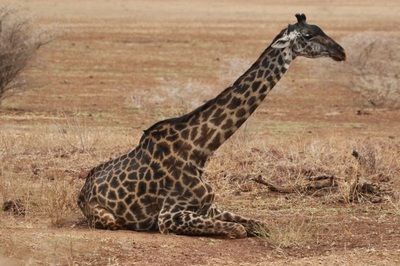
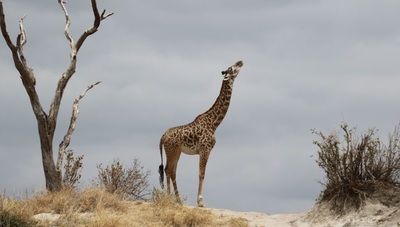
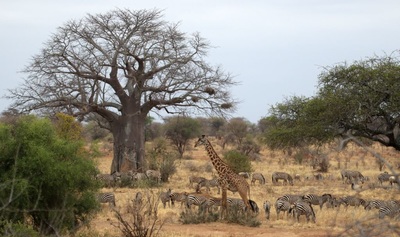
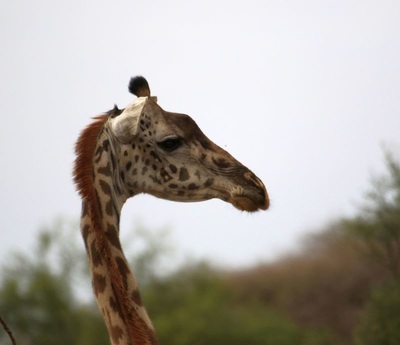
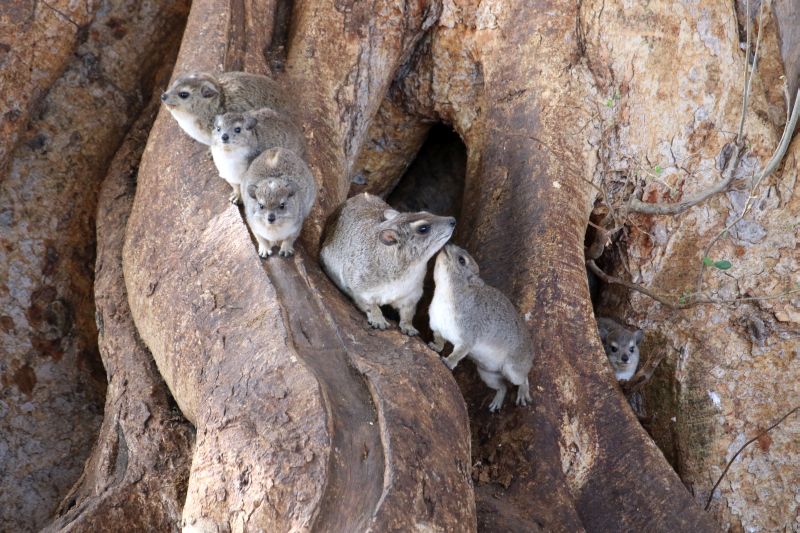
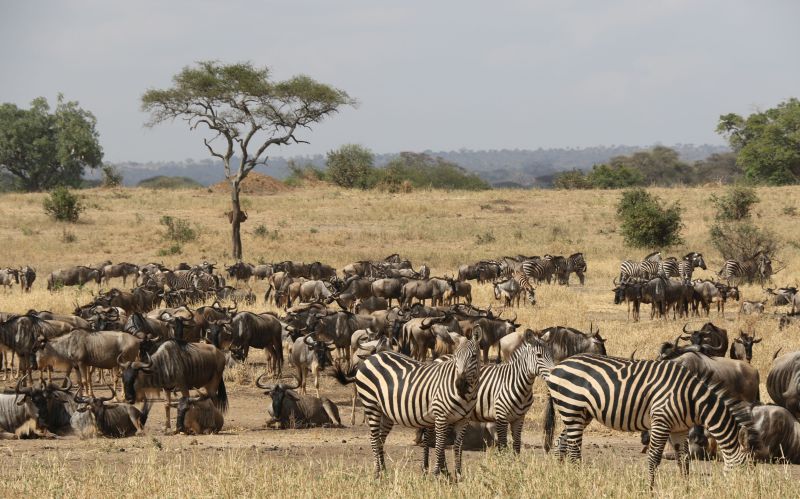
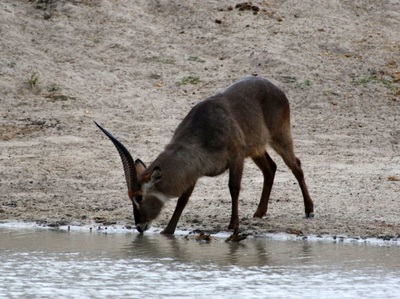
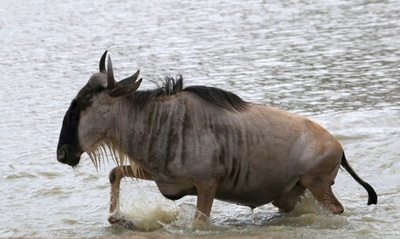
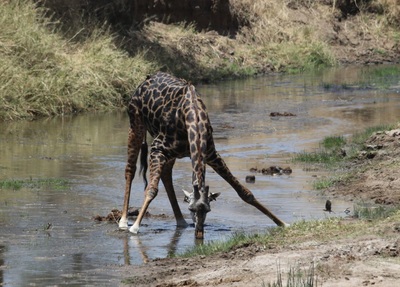
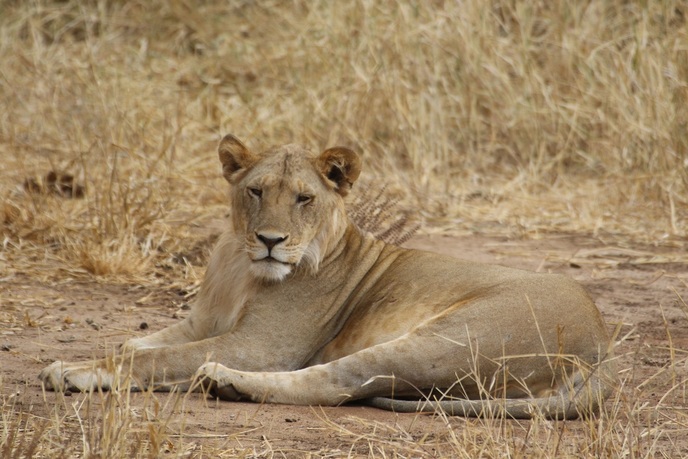
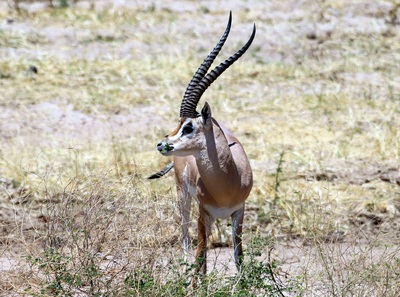
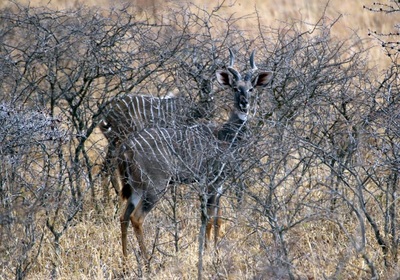
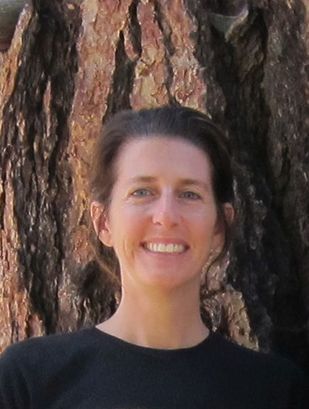
 RSS Feed
RSS Feed
